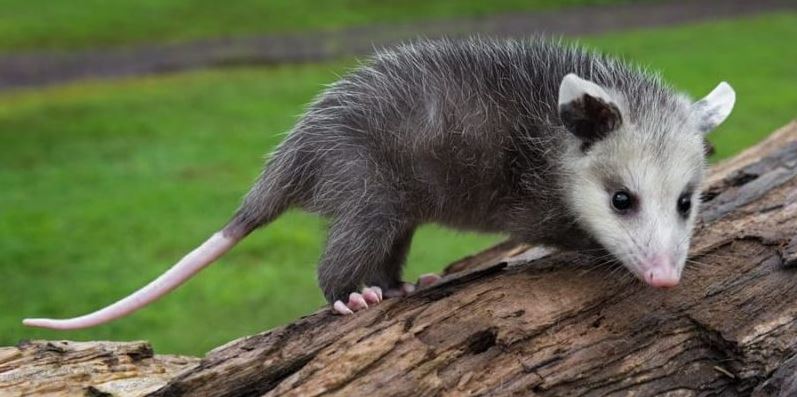What is a Tñacuache?
The term “tñacuache” is primarily used in Mexican Spanish to refer to the opossum, specifically the Virginia opossum (Didelphis virginiana). This marsupial is notable for its prehensile tail, nocturnal habits, and ability to thrive in diverse environments.
Physical Characteristics
-
Size: Adult tñacuaches typically measure between 35 to 50 centimeters in body length, with tails adding an additional 25 to 40 centimeters.
-
Fur: They possess coarse fur that is generally gray or white, with a lighter underbelly.
-
Tail: Their prehensile tails function like a fifth limb, aiding in climbing and balance.
-
Face: Characterized by a pointed snout and dark eyes.
Habitat and Distribution
Tñacuaches are highly adaptable and can be found in a variety of habitats:
-
Forests: Dense vegetation provides shelter and food sources.
-
Grasslands: Open areas where they forage for insects and small animals.
-
Urban Areas: They often scavenge near human settlements, showcasing their adaptability.
Geographically, their range extends from southern Canada through the United States and into Central America, including Mexico.
Diet and Behavior
-
Diet: Tñacuaches are omnivorous, consuming fruits, insects, small animals, and carrion.
-
Nocturnal: They are primarily active at night, foraging under the cover of darkness.
-
Solitary: These animals typically lead solitary lives, coming together only during mating seasons.
-
Defense Mechanism: When threatened, they may “play dead,” a behavior known as thanatosis, to deter predators.
Reproduction and Lifecycle
-
Breeding: Occurs primarily in the spring.
-
Gestation: Approximately 12 to 13 days, one of the shortest among mammals.
-
Offspring: Females can give birth to up to 20 young, though not all may survive due to limited space in the pouch.
-
Development: The young remain in the mother’s pouch for about two months before transitioning to riding on her back.
Role in Ecosystems
Tñacuaches contribute significantly to their ecosystems:
-
Pest Control: By consuming insects and small rodents, they help regulate these populations.
-
Scavenging: Their consumption of carrion aids in the decomposition process.
-
Seed Dispersal: Through their diet of fruits, they assist in seed dispersal, promoting plant diversity.
Cultural Significance
In various cultures, especially within Mexico and Central America, the tñacuache holds symbolic meaning:
-
Folklore: Often depicted as cunning and resourceful creatures in traditional stories.
-
Spiritual Symbolism: Some indigenous communities view them as symbols of resilience and adaptability.
-
Art and Festivals: Representations of tñacuaches appear in local art, crafts, and festivals, highlighting their cultural importance.
Threats and Conservation
While tñacuaches are adaptable, they face several threats:
-
Habitat Loss: Urbanization and deforestation reduce their natural habitats.
-
Vehicle Collisions: Their nocturnal nature makes them susceptible to road accidents.
-
Persecution: Misconceptions about their behavior lead to unnecessary killings.
Despite these challenges, the Virginia opossum is currently listed as a species of Least Concern by conservation authorities.
Conclusion
The tñacuache is a remarkable marsupial that plays a vital role in maintaining ecological balance. Its adaptability and unique behaviors not only contribute to the health of various ecosystems but also enrich cultural narratives. Recognizing and preserving the tñacuache ensures the continued benefit it provides to both nature and human society.
FAQs
Q1: Are tñacuaches dangerous to humans?
No, tñacuaches are generally non-aggressive and pose little threat to humans.
Q2: Can tñacuaches be domesticated?
They are wild animals and are not suitable for domestication.
Q3: Why do tñacuaches play dead?
This defense mechanism, known as thanatosis, helps deter predators by making them appear unappetizing.
Q4: How can we help protect tñacuaches?
Protecting natural habitats, reducing pesticide use, and educating others about their ecological role can aid in their conservation.




